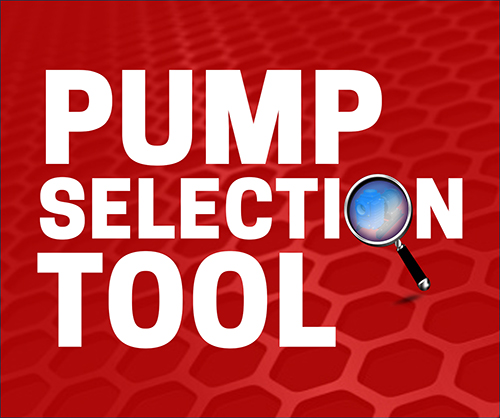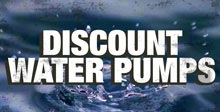Why You Should Consider 2 Water Pumps
- By Scott Carter
- Aug 21, 2017
 At some point, every pump will reach a point of failure and no longer be serviceable. It doesn’t matter whether it was a $500 pump or a $5,000 pump. Nothing lasts forever. While we all know this, we don’t typically plan for failure. Especially if you are a glass half full person!
At some point, every pump will reach a point of failure and no longer be serviceable. It doesn’t matter whether it was a $500 pump or a $5,000 pump. Nothing lasts forever. While we all know this, we don’t typically plan for failure. Especially if you are a glass half full person!
What is often not considered when purchasing a pump is the cost of down time in your production process when a pump fails. Having two water pumps can prevent loss of time and money during an otherwise less than productive period.
Below are a few things to consider that may help you when purchasing a backup pump:
1. When the cost of production down time is greater than the cost of a second pump, purchase a backup.
I don’t think a day goes by here at Absolute Water Pumps where someone does not call in search of a new water pump, with a sense of complete urgency in their voice. How soon do they need it? Usually, the day after yesterday!
What many fail to understand is that depending on the type and style of your pump, there is often a lead time involved in a water pump purchase (from either days to weeks). Not every pump is sitting on a shelf and ready to be shipped. Larger pumps are typically built to the customer’s specifications and require, even under the perfect conditions, a number of days to complete assembly on the production floor.
When purchasing a water pump, ask yourself a few questions: For every day this water pump will not be in operation, how much will it cost us as a company? How much will I be paying in labor for employees to stand around? What losses will we incur due to a lack of production? If the answer is more than the cost of the pump itself, perhaps you should consider a second, backup water pump.
2. You may need to convince the powers that be that a backup pump is your insurance policy.
Insurance is hot topic these days! But put very simply, insurance is way to minimize your risk. Think of having a backup pump as your insurance policy. Sometimes, the person responsible for authorizing payments at a business needs to hear it in those terms. You as the pump buyer may be fully convinced of the wisdom in having a backup pump, because you understand the implications of your down time when that pump is not in operation.
What you may need to do is convey this clearly to the person who authorizes purchases at your company. Let them understand that the second pump is so that you never go more than a day (sometimes only an hour or two depending on your installation crew) with production being down due to a pump failure. Paint the picture for them!
3. Purchase one pump now, and a backup a few months down the road.
If you are replacing a pump with an identical pump that has worked perfectly for your application, then go ahead and purchase two right away. If you are upgrading or switching brands, then purchase a pump now, see how well it performs, and when you are fully confident, purchase a second as a backup a few months later. This will give you the full assurance that in the future, all your bases are covered.
4. What about the mechanical seals of a pump if they sit on a shelf too long?
One concern many people have with a backup pump is having it sit unused for a long period of time and having the seal material dry out. Most mechanical seals can be shelved for five years if they are stored properly with no problems.
This means storing the pump (mechanical seals and O-rings) in a room temperature environment (40-80F) with a humidity below 70%. Also, keep them free of all forms of radiation, especially sunlight, as well as other contaminates such as pumped products, copper, oils, and other solvents.
5. For larger, more costly pumps, purchase a mechanical seal kit and O-rings and store them as your backup.
Let’s face it, many large pumps can be expensive and it is unrealistic to purchase two pumps. For smaller pumps, often the cost of a new pump is a better bet than trying to “rebuild the pump”.
For large horsepower water pumps, you can purchase and store backup mechanical seals and O-rings for a fraction of the total price. This effectively becomes your insurance policy. Though it will not solve other failures, you are alleviating smaller maintenance which needs to occur on a pump by replacing the mechanical seal kit.
Our recommendation would be after a few years, replace the seals and O-rings preemptively and either purchase a new set to become your backup and/or begin preparing for a pump replacement in the future.
While we only sell pumps we believe are designed with the highest quality and manufactured for years of reliable service, let’s face it, overtime things break. The question is, are you prepared for that day? Do you have your insurance policy in place?
Make yourself the company hero, because you planned for the inevitable day when you hear the words: “We have a problem!”
Absolute Water Pumps has a variety of payment methods, including ACH transfers. Give us a call today so we can help pair you with the perfect pump for your application!













